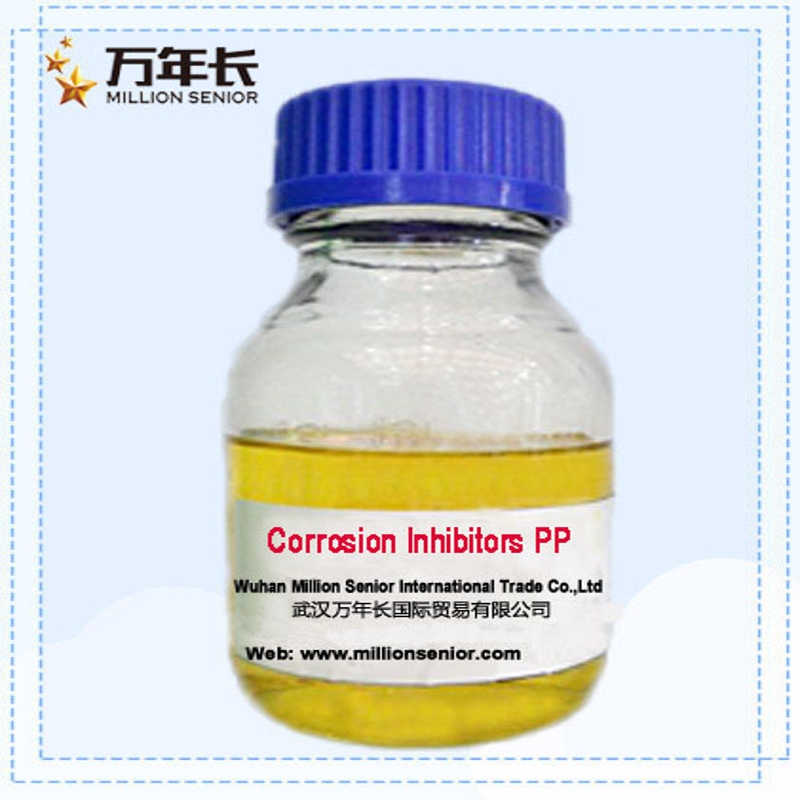-
Categories
-
Pharmaceutical Intermediates
-
Active Pharmaceutical Ingredients
-
Food Additives
- Industrial Coatings
- Agrochemicals
- Dyes and Pigments
- Surfactant
- Flavors and Fragrances
- Chemical Reagents
- Catalyst and Auxiliary
- Natural Products
- Inorganic Chemistry
-
Organic Chemistry
-
Biochemical Engineering
- Analytical Chemistry
-
Cosmetic Ingredient
- Water Treatment Chemical
-
Pharmaceutical Intermediates
Promotion
ECHEMI Mall
Wholesale
Weekly Price
Exhibition
News
-
Trade Service
It is reported that water molecules directly participate in many important electrocatalytic reactions, but the research on the structural changes and action mechanisms of water molecules at the solid-liquid two-phase interface during the electrocatalytic reaction process has always been a difficult point in the field of electrochemistry
.
Recently, the research group of Professor Li Jianfeng from the School of Chemistry and Chemical Engineering of Xiamen University and the team of Professor Pan Feng from Peking University Shenzhen Graduate School have used electrochemical in situ Raman spectroscopy to reveal the molecular structure of interfacial water and unravel how the molecular structure of interfacial water regulates electrocatalysis.
The scientific research problem of reaction provides a new strategy for improving the rate of electrocatalytic reaction and further guiding green hydrogen production
.
The research results were published in the journal Nature on December 2
.
The research team used in situ surface-enhanced Raman spectroscopy to monitor the configuration and dynamic changes of water molecules at the palladium single crystal electrode/solution interface in real time during the electrocatalytic hydrogen evolution reaction
.
The researchers found that the electrode/solution interface has a class of cation-bonded water molecules at the interface in addition to the water molecules known to contain hydrogen bonds
.
In the latter, the disordered water molecules are arranged into a more ordered special structure under the synergistic effect of the cation and negative electrode potentials
.
This structure can accelerate the charge transfer between the electrode and water molecules, thereby greatly improving the rate of hydrogen evolution in the electrocatalytic reaction, providing a new theoretical approach for guiding green hydrogen production
.
Studies have shown that such interfacial water molecules are closer to the electrode surface than hydrogen-bonded water molecules, which can improve the charge transfer efficiency between them and the electrode surface, and greatly improve the electrocatalytic hydrogen evolution reaction rate
.
Increasing the concentration and valence of cations will further increase the content of ordered water molecules in the interfacial region and further increase the rate of electrocatalytic hydrogen evolution
.
The study also found that the crystal plane structure and electronic structure of the single crystal electrode will affect the content of cationically bonded water molecules and the rate of electrocatalytic hydrogen evolution, confirming the universality of cationically bonded water molecules to accelerate the rate of electrocatalytic hydrogen evolution
.
Starting from the single crystal model system, this study deeply understands the regulation mechanism of the interfacial water molecular structure on the electrocatalytic reaction process, and solves the long-standing problems in the field of electrochemistry
.







